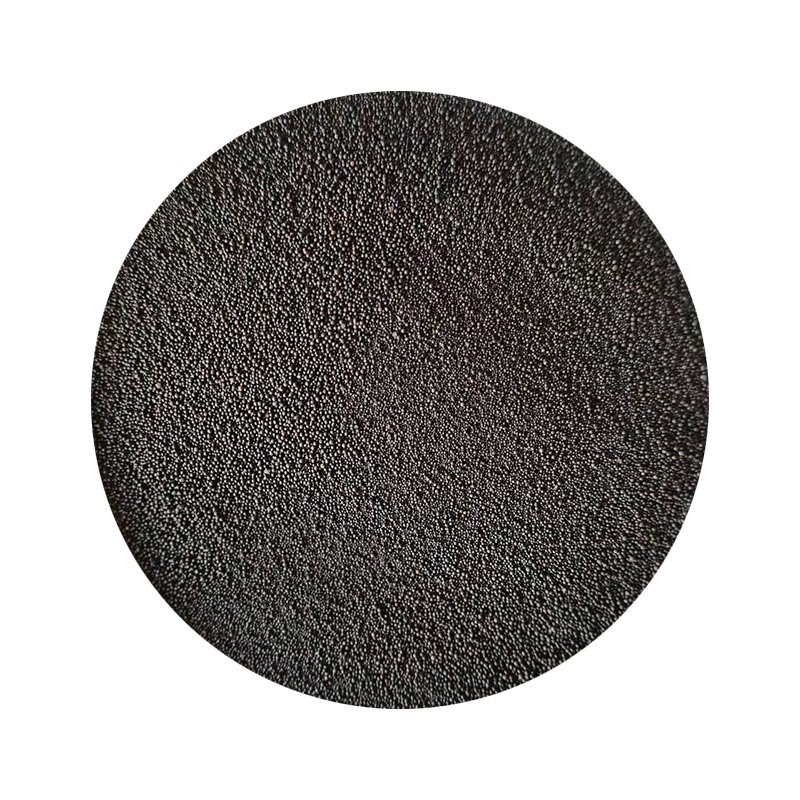Rapid Sand Casting Revolutionizing Metal Casting Processes
Rapid sand casting is an innovative manufacturing process that combines traditional sand casting techniques with modern technology to enhance production efficiency and reduce lead times. This method is particularly valuable in industries such as automotive, aerospace, and engineering, where precision and speed are critical. With the growing demand for customized and complex parts, rapid sand casting has emerged as a preferred choice for manufacturers looking to meet customer needs without compromising quality.
What is Rapid Sand Casting?
At its core, rapid sand casting is a process that involves creating metal parts by pouring molten metal into a sand mold. The rapid aspect refers to the use of advanced technologies, such as 3D printing and computer-aided design (CAD), to streamline mold production. Traditional sand casting can be time-consuming, often requiring weeks to produce molds. In contrast, rapid sand casting can significantly shorten this timeframe to just a few days.
The process begins with a detailed digital model of the component, which is designed using CAD software. This allows for the precise manipulation of the shape and features of the part. Once the model is finalized, it is used to create a pattern, typically using a 3D printer. The resulting pattern is then embedded in a sand mixture, which hardens around it to form a mold.
Advantages of Rapid Sand Casting
1. Speed One of the most significant advantages of rapid sand casting is the reduction in lead time. The use of 3D printing enables manufacturers to produce molds much faster than traditional methods. This rapid turnaround is crucial for industries that require quick prototyping and faster time-to-market.
2. Cost-Effective For small production runs or one-off projects, rapid sand casting can be more cost-effective than conventional casting methods. The elimination of the need for expensive tooling and the ability to produce complex geometries without additional costs make it an attractive option for manufacturers.
rapid sand casting

3. Customization Manufacturers can easily modify their designs based on customer feedback or specific project requirements. This flexibility is particularly advantageous in industries that demand high levels of customization, such as aerospace and automotive.
4. Material Efficiency The precision of rapid sand casting reduces waste material. Accurate molds lead to less trimming and finishing work, as parts come out closer to the desired specifications.
5. Complex Geometries Advanced 3D printing techniques allow for the creation of complex shapes that would be challenging or impossible to achieve with traditional sand casting methods. This capability opens up new design possibilities and enhances product performance.
Challenges and Considerations
Despite its many advantages, rapid sand casting is not without its challenges. The initial investment in 3D printing technology and software can be significant, and not all manufacturing environments may be suited for rapid prototyping. Furthermore, while the process allows for intricate designs, certain material limitations may affect the final output. Manufacturers must carefully consider the properties of the metals used and ensure that they can withstand the casting process.
The Future of Rapid Sand Casting
As technology continues to evolve, the future of rapid sand casting looks promising. Ongoing advancements in materials science, 3D printing technologies, and digital manufacturing techniques will likely further enhance the capabilities of rapid sand casting. As more industries recognize the benefits of this innovative casting method, its adoption is expected to grow, leading to improved production processes and higher-quality end products.
In conclusion, rapid sand casting is transforming the way manufacturers produce metal components. With its ability to combine speed, cost-effectiveness, and customization, rapid sand casting stands at the forefront of modern manufacturing. As industries continue to push the boundaries of what is possible, this method will undoubtedly play a crucial role in shaping the future of metal casting and production.
Post time:des . 11, 2024 01:36
Next:Casting Shadows of the Desert Sands
